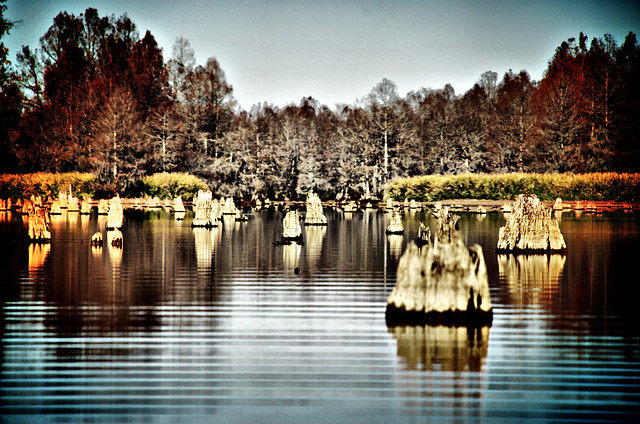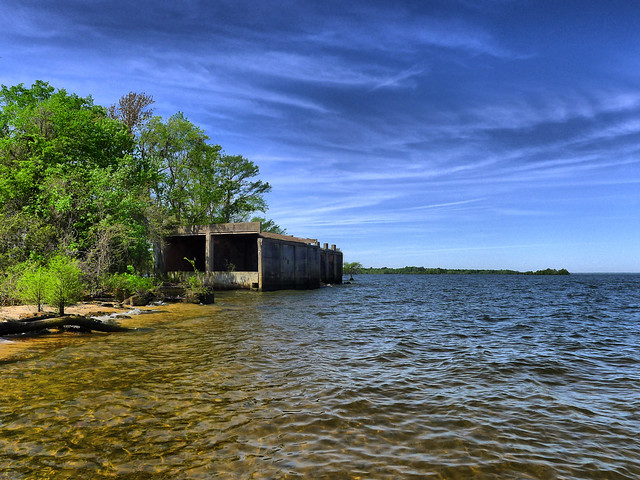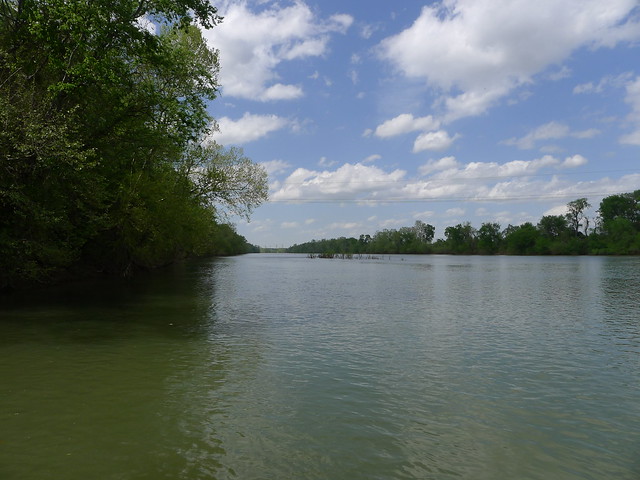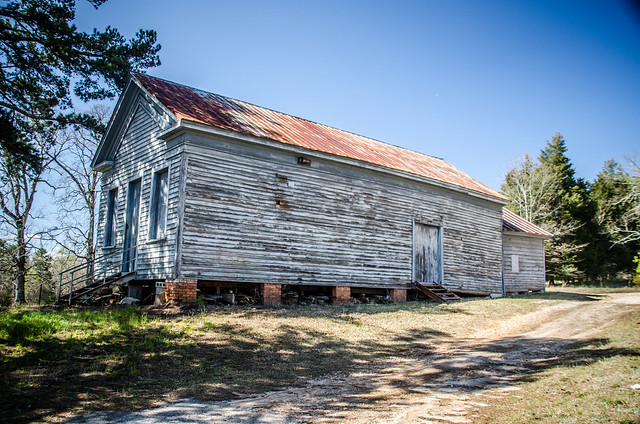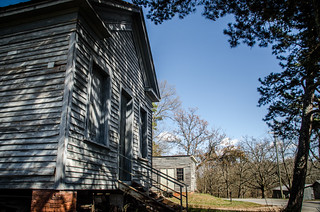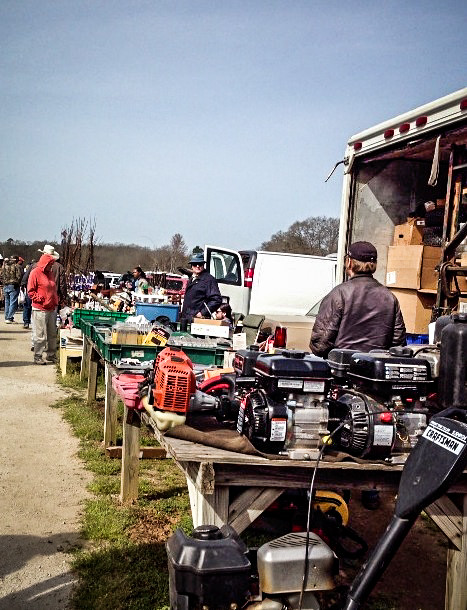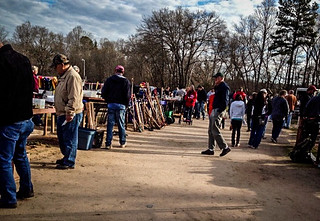By the time the town of Ferguson was swallowed by the waters of Lake Marion, it had already been abandoned. That was not the case with other plantations and residences in the area. The Santee-Cooper project was both hailed as a New Deal marvel, and derided for robbing many of their homes. It’s history has been one of controversy.
As with many things that seem to cause trouble in South Carolina (slavery, Civil War, Mark Sanford, etc), that history had its roots in Charleston. While the peninsula makes an excellent harbor situated between the Ashley and Cooper Rivers, those rivers don’t really go anywhere. They provided adequate access to the low country plantations, but they don’t penetrate very far into the state. By contrast, Savannah was right on the banks of the Savannah River, which provided an easy way to get goods from far inland down to that coastal city. In this state, boats coming down the Santee River had a long stretch along the ocean beset with tides and storms. There seemed to be no good way to get goods from the interior of South Carolina to its largest city.
In the late 1700’s the Santee Canal Company was formed to explore the possibility of connecting the Santee River with the Cooper River, providing a route into Charleston. Construction was begun in 1793 under the direction of Col. Christian Senf. William Moultrie was one of the principal shareholders, and eventually president of the company.
The canal did a great business until droughts of 1817 and 1818 dried up most of the waterway and left boats stranded. Eventually, railroads replaced the canal traffic, and the canal fell into disuse. However, the dream of a complete waterway connecting the Santee and Cooper Rivers persisted.
Read More “The Ghost Towns of Lake Marion, Part 3 – The Water Rises” »
